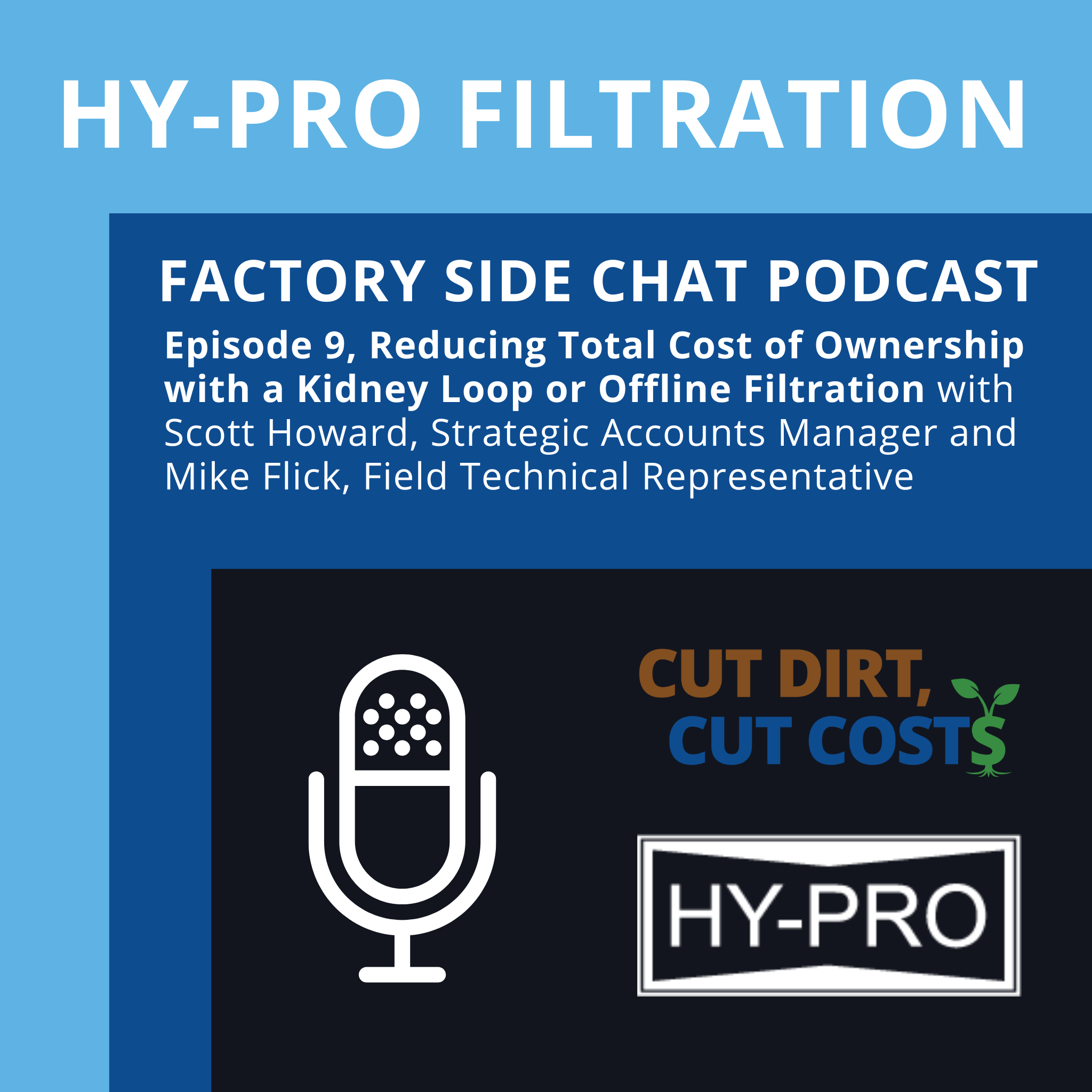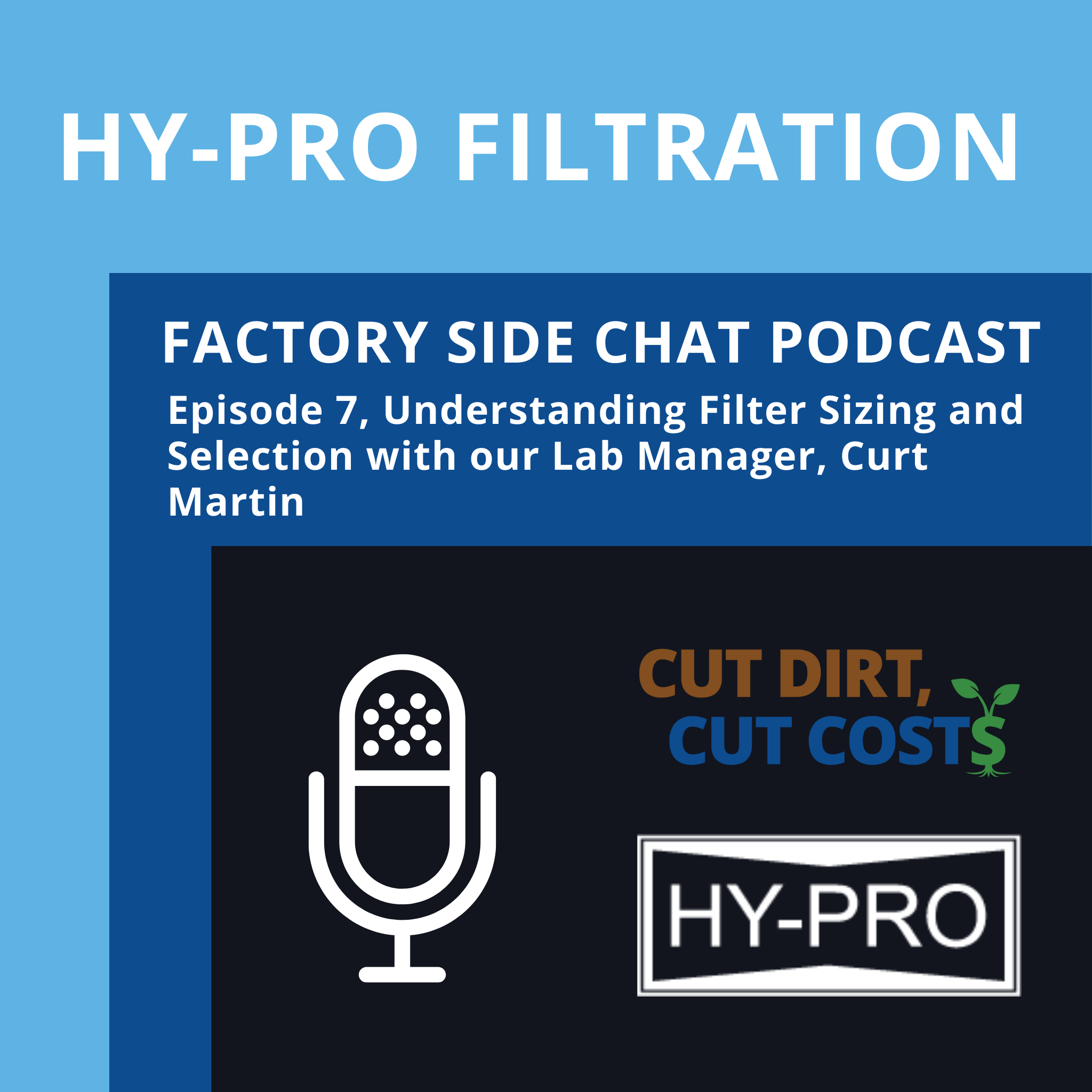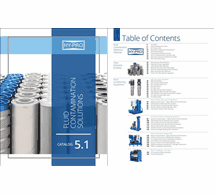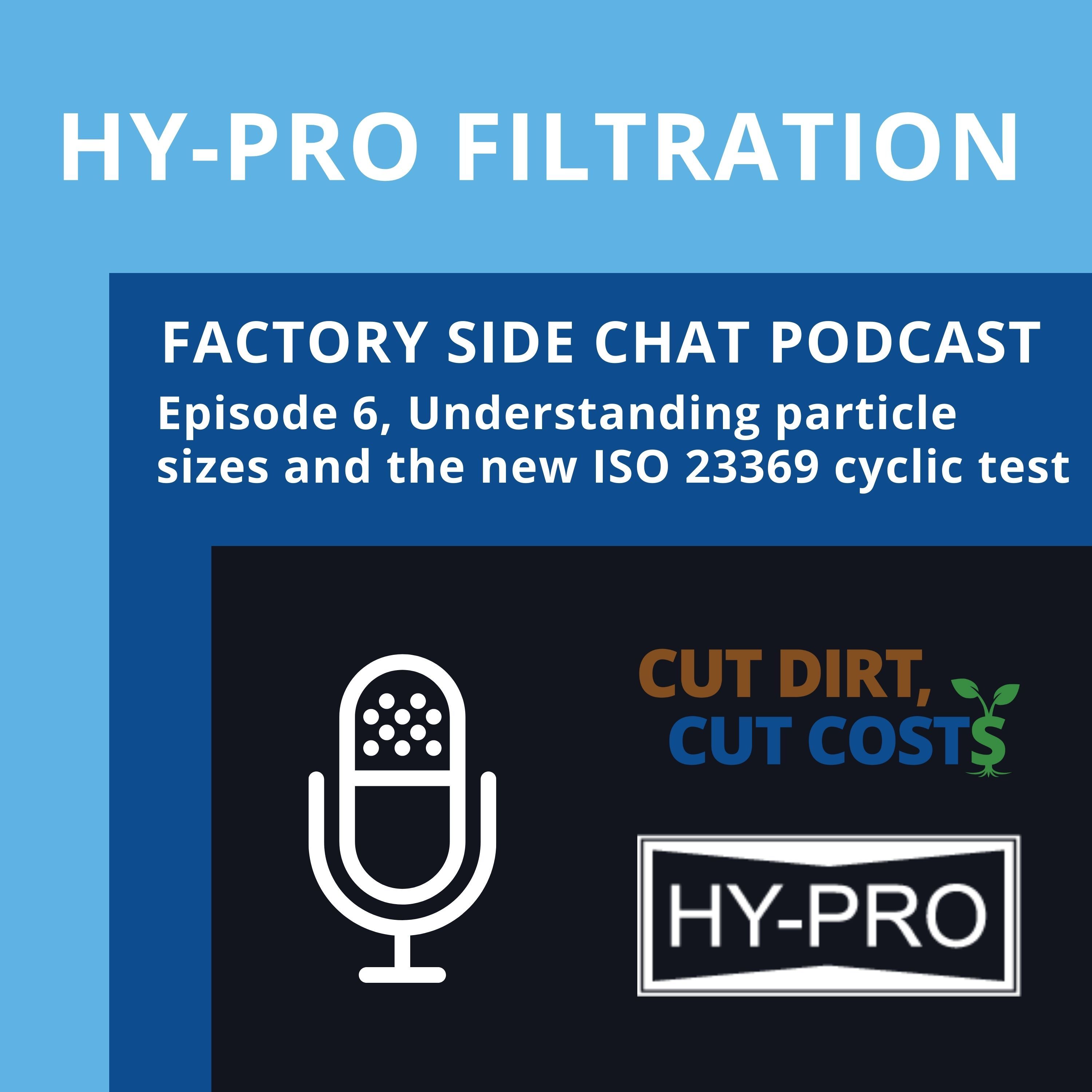Hy-Pro Marketing
Recent posts by Hy-Pro Marketing
2 min read
Copper Mine Achieves Amazing Results with Donaldson Hy-Pro
By Hy-Pro Marketing on Tue, Jul. 23, 2024
Topics: ISO Fluid Cleanliness Codes case study cutdirtcutcosts cleanoil Copper Mine
3 min read
Hy-Pro Filtration Helps Paper Mill Achieve 75% Cleaner Oil
By Hy-Pro Marketing on Tue, Dec. 05, 2023
A new case study is available now!
With the help of Hy-Pro Filtration, a U.S. Paper Mill was able to achieve 75% cleaner oil.
Topics: ISO Fluid Cleanliness Codes case study paper mill cutdirtcutcosts cleanoil
1 min read
Updated Hy-Pro App Now Available
By Hy-Pro Marketing on Thu, May. 11, 2023
A new update is available for the Hy-Pro App!
Open this Blog to download below.
Topics: cutdirtcutcosts Hy-Pro Filtration App Hy-Pro App
2 min read
Factory Side Chat Podcast, Episode 9, Reducing the Total Cost of Ownership with a Kidney Loop or Offline Filtration unit
By Hy-Pro Marketing on Fri, Aug. 26, 2022
Hy-Pro's Factoryside Chat is now available on Apple Podcasts, Spotify, Podbean, and YouTube.
Topics: fluid cleanliness ISO Fluid Cleanliness Codes cleanliness hydraulic oil Podcast Factoryside Chat Podcast cutdirtcutcosts kidney loop
1 min read
Hy-Pro Vac-U-Dry Vacuum Dehydrator (VUD) Explainer Video
By Hy-Pro Marketing on Tue, Jul. 26, 2022
Contamination is Complicated; Removing it is Easy
Check out our latest product explainer video on Hy-Pro's VUD
The optimized balance between heat, vacuum, process design, and an easy, user-friendly operating system for removal of water and particulate from hydraulic and high viscosity lubricating oils. Equipped with generously sized, high-efficiency filtration, the VUD is the ultimate oil purifier. Keeping fluids clean and dry extends component and bearing life, increases productivity, minimizes downtime, and extends useful fluid life. The VUD is ideal for removing all forms of water, including free, emulsified, and dissolved water and gas from hydraulic and lubricating oils.
Topics: contamination fluid cleanliness vacuum dehydration vacuum dehydrator fluid contamination VUD cutdirtcutcosts hypro
2 min read
Factory Side Chat Podcast, Episode 8, Partners for Life
By Hy-Pro Marketing on Thu, Jun. 02, 2022
Hy-Pro's Factoryside Chat is now available on Apple Podcasts, Spotify, Podbean, and YouTube.
Topics: fluid cleanliness cleanliness hydraulic oil filter elements Podcast Factoryside Chat Podcast cutdirtcutcosts partners for life
4 min read
Official Donaldson Hy-Pro Product Catalog for 2025
By Hy-Pro Marketing on Thu, Apr. 21, 2022
The 2025 Donaldson Hy-Pro Product Catalog for Filter Elements and Filtration Equipment is Now Online!
The newest and updated Hy-Pro Filtration Product Catalog is now available online and easier to use than ever before with interactive elements that are not possible in a printed catalog - always available, simple to browse, and information is easy to share.
Click here to view the 2025 Donaldson Hy-Pro Product Catalog
Topics: Hy-Pro Product Catalog Hy-Pro Product Guide
2 min read
Factory Side Chat Podcast Episode 7 Filter Sizing and Selection
By Hy-Pro Marketing on Sat, Jan. 29, 2022
Hy-Pro's Factoryside Chat is now available on Apple Podcasts, Spotify, Podbean, and YouTube.
Topics: filter housing sizing filters filter sizing filter elements Podcast Factoryside Chat Podcast
2 min read
Expanding the distribution of our Podcast; Apple Podcasts, Spotify, and PodBean
By Hy-Pro Marketing on Tue, Oct. 12, 2021
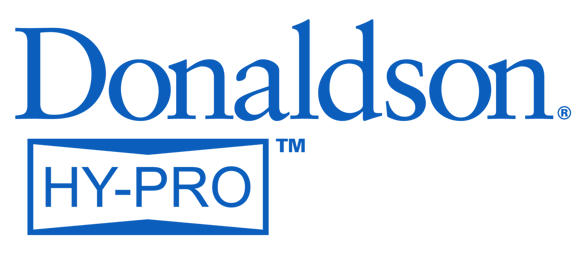


.png?width=750&height=288&name=Copper%20Mine%20Promo%20for%20Email%20(9).png)

